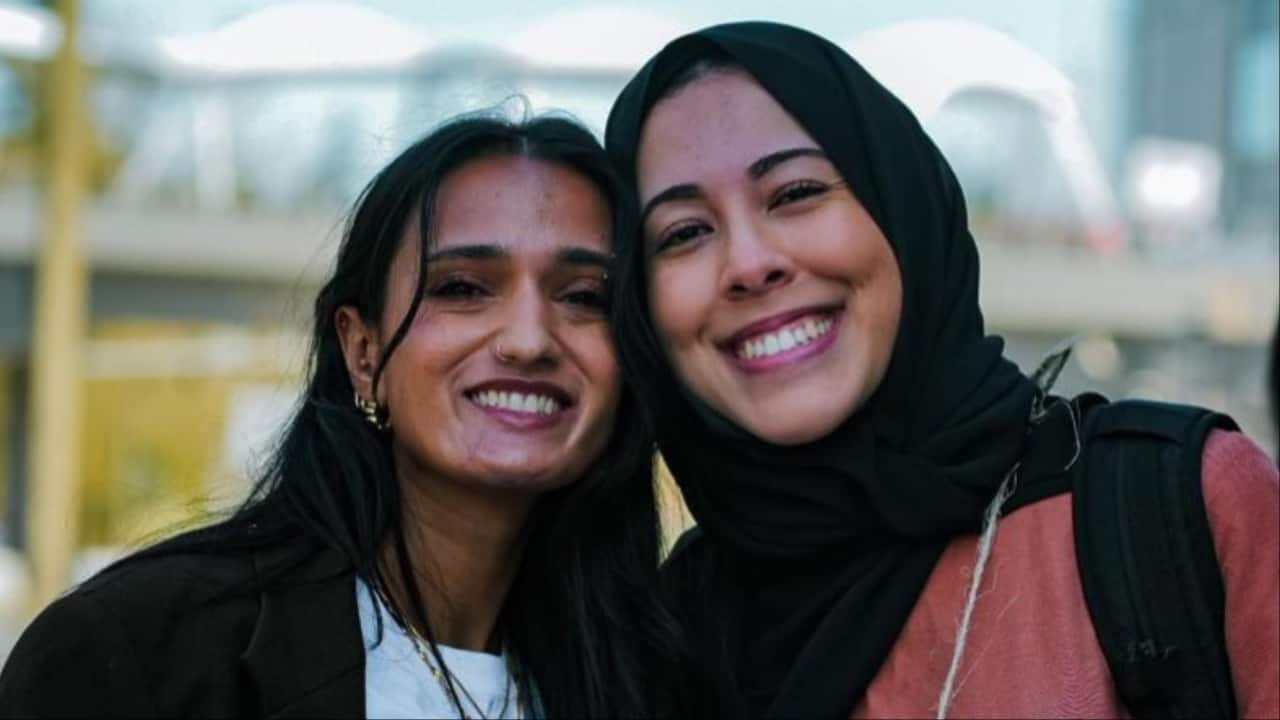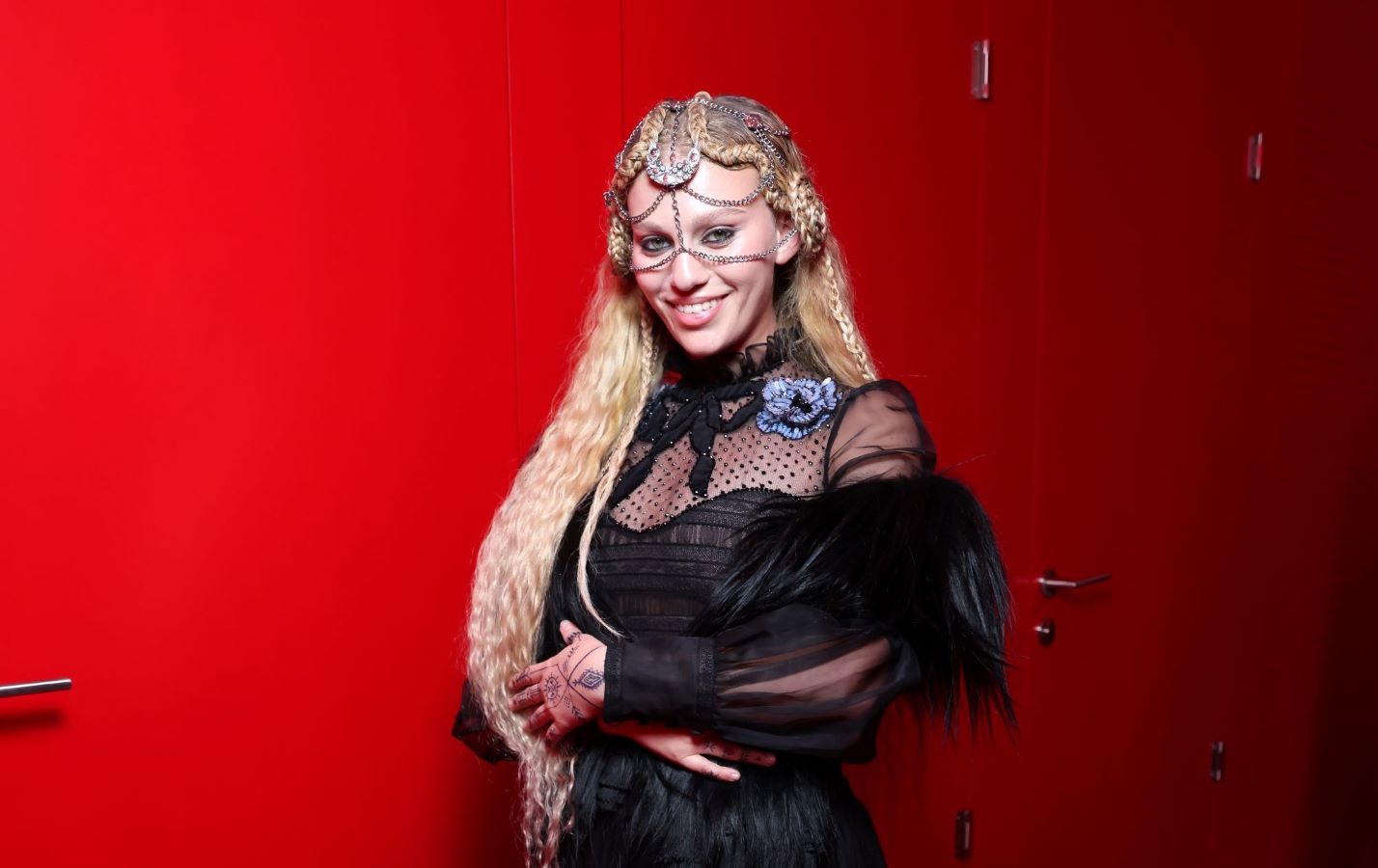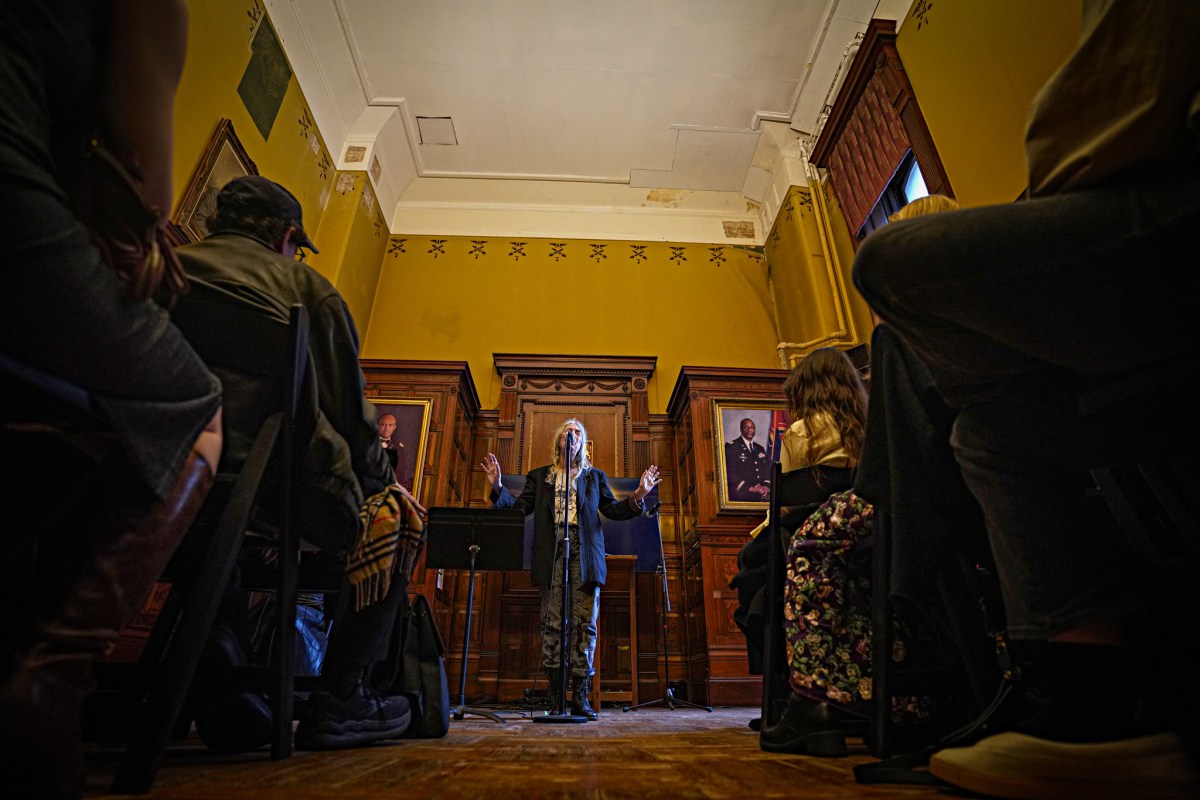Save articles for later Add articles to your saved list and come back to them any time. I can’t remember the moment I first met Jo March, but I know my mother introduced me to her. Like the March family in Louisa May Alcott’s Little Women , Mum grew up in the New England region of the United States.
Her childhood home on a military base in Maine was not far from the March home in Concord, Massachusetts. Mum, an English teacher with fond memories of New England, was probably always going to give Alcott’s autobiographical 1868 classic to her eldest daughter. But my name and my early habit of immersing myself in a “vortex” to write, happily forgoing food (and later, sleep) while in the grip of a story, likely clinched it.

Perhaps Mum, who sees herself as a conventional person, recognised a link between “odd, blunt” Jo’s unconventional nature and my own. The sense of recognising myself in Jo was probably immediate: it’s never not been there. I can picture myself, long hair unbrushed, curled over the pages on our green velveteen couch in our wood-panelled living room, the world falling away as I read about a girl with my name.
Though it feels like I’ve always loved Jo March, it’s recently occurred to me, as an autistic woman in my late 40s, that there’s a deeper level to my identification. Jo is an autistic headcanon (something fans interpret or imagine about a story that doesn’t appear on the page). Such characters were not necessarily written as autistic, but can be read retrospectively as if they were, due to a constellation of autistic traits.
Jo Case shares more than just a name with her Little Women heroine, Jo March. Credit: Sia Duff Jo’s writing vortex is a textbook example of hyper-focus, common in both autistic and ADHD people. She is described in the first chapter of Little Women as being awkward and “uncomfortable” in her body, with “a flyaway look to her clothes” that resembles what often greets me in the mirror.
She is emotionally volatile (through she works hard to tame it), her “quick temper, sharp tongue and restless spirit” are “always getting her into scrapes” and she struggles to learn social manners. This blend of emotional volatility and difficulty reading or following social cues is very autistic. “How do you learn all the proper quirk?” she asks her sister, Meg, at one point.
“I never can.” As a high-masking autistic woman who began to consciously learn and mimic social conventions in high school – with the consequent low self-worth that comes from questioning your every social instinct – there is something deeply joyful about watching Jo March, most of the time, just be herself. While self-improvement is at the core of Little Women , the sisters succeed when they are the best versions of themselves, and falter when they too closely imitate others.
Jo’s greatest material loss comes when she is pushed to do six social visits in an afternoon (“when a single one upsets me for a week”) with youngest sister Amy, who nags her about how to act. Predictably, Jo’s imitations are inauthentic, while her looser social exchanges embarrass socially adept Amy. Finally, exhausted, Jo snaps at family benefactor Aunt March, who then retracts a long-promised trip to Europe – gifting it to Amy instead.
Jo’s greatest success, conversely, is when she writes the book we are reading, which comes from the heart. Saoirse Ronan as Jo March in the 2019 screen adaptation. Credit: Sony Pictures Jo, who often chafes about not being born a boy, rejects conventional gender norms – as did her creator, who often went by a boy’s name, Lu, and declared she had “a boy’s spirit”.
Rates of gender variance are higher in the autistic population, and many autistic women report discomfort with the expectations of gender norms. (I fall into the latter category: a grooming minimalist and happy workaholic who once answered a conversational “are you going shopping this weekend?” with “why?”.) Some argue Alcott and Jo would be called genderqueer today.
Of course, Jo’s tomboy outsider traits have been shared by generations of rebellious women who have taken her as comfort and inspiration – including Simone de Beauvoir, Patti Smith, Nora Ephron and neurodivergent (ADHD) director Greta Gerwig, who made the 2019 film of Little Women . It’s not individual traits that make a person autistic, but their combination. Louisa May Alcott declared that she had “a boy’s spirit”.
Credit: Alamy Stock Photo Autism is highly heritable, so the recurrence of autistic traits within families is part of this combination. In Little Women , pathologically shy, school-refusing Beth is another autistic headcanon. Several members of the real-life Alcott family displayed autistic traits: Louisa, sister Lizzie, mother Abigail (Louisa’s “temperamental twin”, according to biographer Harriet Reisen) and father Bronson, a Transcendentalist philosopher and failed alternative educator, who presided over a short-lived commune, Fruitlands.
Like the March family in Concord, my four siblings and I lived on the edge of a half-wild expanse: across the road was a sprawl of tall eucalypts, wild yellow soursobs and white garlic flowers and a winding creek, muddy in winter and dry in summer. I remember the years before high school as a blur of impassioned writing and invented games with my siblings. With them, I imagined a bunyip living in a creek hollow and formed a neighbourhood spy club.
I performed my stories to cousins too polite to escape me. At their houses, I sometimes refused to play with them, instead settling on the floor to read their books. Often, we all played at the creek until Dad issued a piercing dog whistle from the front door.
Like the Marches, it didn’t matter so much if we didn’t fit: our family was its own self-contained world. Florence Pugh as Amy, Saoirse Ronan as Jo and Emma Watson as Meg in Greta Gerwig’s Little Women. Credit: AP My parents’ strict morals were slightly out of step with our outer-suburban neighbours.
Like Marmee, Mum believed surfaces were secondary and didn’t believe in courting popularity, romantic or otherwise – which didn’t help me surmount my social difficulties. Like Bronson Alcott, Dad lived in his head, in the world of ideas: alternative or special education, then computer programming. While I was growing up, from my late primary school years (apart from a period when Mum was ill), he rarely worked and spent most of his time in his study, while Mum supported the family and maintained the household.
Dad now identifies as autistic. In retrospect, it’s clear he suffered at least one major autistic burnout, a pervasive fatigue resulting from the cumulative load of masking and operating in a world not designed for us. Autistic women often grow up feeling different and inherently lacking or wrong.
Realising a literary heroine like Jo – someone flawed but deeply loved – is autistic-coded can help us feel better about our own flaws and recognise how they are balanced by strengths. Seeing autistic people and characters in the past helps cement our sense, which many of us see in our family histories, that we have always existed: though the label and its definition continue to evolve, autism itself is not new. Jo Case is the co-editor (with Clem Bastow) of Someone Like Me: An Anthology of Non-Fiction by Autistic Writers (UQP).
April is Autism Awareness Month. The Booklist is a weekly newsletter for book lovers from Jason Steger. Get it delivered every Friday .
.
Entertainment

I always loved Little Women’s Jo March. Years later, I understood why

An autism diagnosis made it clear why the feisty, unconventional young writer held such appeal.















